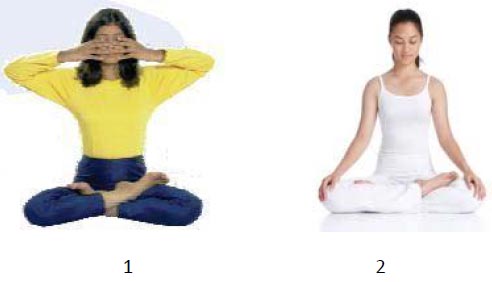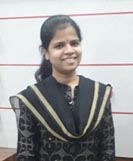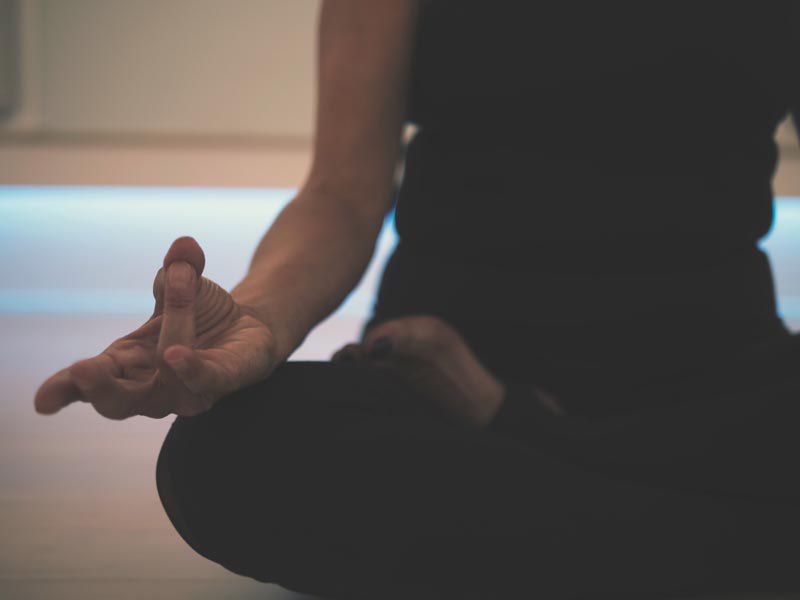There are various pranayama in Yoga. Pranayama is the one limb out of 8 limbs in Astang Yoga. Bhramari pranayama in yoga is the most effective for human brain & heart, because bhramari pranayama helps to increase the production of Nitric oxide. Bhramari pranayama is a respiratory exercise, which scientifically accelerates the release of nitric oxide and plays a significant role in metabolic process at the cellular level. Nitric oxide accelerates the micro circular of blood by dilation and release of spasm of peripheral blood vessels, hence control blood pressure. Its helps in neural transmission and enhance memory. It affects regulation of body metabolism (B.M.R.) and host defence. This also controls the hormonal secretion like prolactin, cortisol and insulin resistance. That’s why we can say in simple language we can control our body and mind that get rid of various illnesses with help of release of Nitric oxide.
Ancient form of yoga is known to benefit the body & mind in many ways. Pranayama( breathing exercises) helps to various functions of the human body & mind. Bhramari pranayama is very effectiveness due to sound humming increase the production of nitric oxide. While we perform this pranayama with sanamukhi mudra, shambhavi mudra and khechri mudra, it results far better. These 3 above highlighted mudras helps to increase calmness & relaxation of mind.
Techniques to perform bhramari pranayama with khechri mudra and sanamukhi mudra:
Practitioner can sit on the floor in any of these dhyanatmaka positions like sukhasana /padmasana/swastikasana/sidhhasana. Take a slow deep abdominal breath, lift the toungue and touch the palate and hold it during doing this pranayama called khechri mudra.

- Then start sanamukhi mudra :-
- Hold the breath in close both ears with thumbs of both hands and block the ears.
- Both eys are closed by both hands index fingers.
- Both middle fingers are put on the base of nose.
- Enclose your mouth from both sides ( Upper lip by ring fingers lower lip by little fingers) as shown in figure – 1.
- Both eyes focused on ajna chakra(in between both eyebrows) that’s called shambhavi mudra.
- Then take breath in (inhalation) and generate the specific frequency hum sound while exhalation, it should do in constant rhythm for few minutes.
- Visualise and feel the energy after complete exhalation hold the breath out that’s called bahya kumbhak.
- During this procedure the whole body is getting charged and practitioner will feel full of energy, feel the calmness in mind & happiness.
Scientific impact of these 3 mudras & Bhramari pranayama:
Khechri mudra helps to activate the bhrahma chakra, which activates the meridian points and which releases serotonin, Dopamine, encephalin and changes the chemical composition of pineal gland, hypothalamus pituitary gland, parasympathetic nervous and curing the many diseases. Shambhavi mudra helps to activate parasympathetic nervous system and pineal gland. Extended exhalation & holding breath during Bhramari pranayam helps to acts as carbogen therapy. It dilates peripheral blood vessels, revitalises the neurons and produce Maximum nitric oxide.
Benefits of Hum sound in Bhramari pranayama:
While doing Bhramari pranayama with this humming sound in relax mode, the blood pressure coming in balance and balance the insulin resistance. It helps to improve concentration, balance the brain wave, increase the memory, helps for sleep and relaxation including bronchial asthma, irritable bowel syndromes, insomnia, diabetes, hypertension, impotency, infertility, and also get liberation from root cause of psychosomatic disorders. If anyone practice this pranayama properly and for long time he/she will definitely can transform his/her body, mind and soul.

Dr. Sujata Panda
PhD in Yoga, DNYS, N.D.,
Gold medallist,
Founder of Su-Ham Foundation
Owner of Viroga Virtual Clinic


